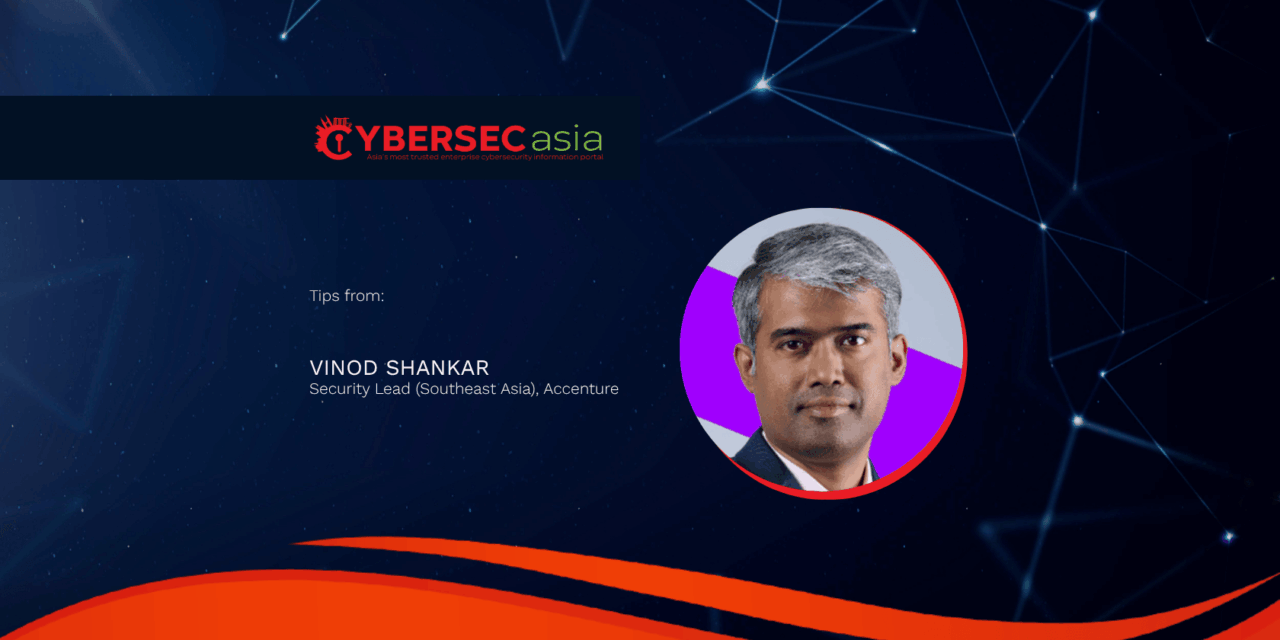Organizations adopting autonomous AI solutions bear a critical responsibility to prevent heightened cyber risks across both digital and physical domains. How?
As autonomous AI systems advance in adaptivity and personalization, so does the surface area for threats. Ensuring the trustworthiness of these AI systems hinges on conditioning their exposure and compelling organizations to ensure cybersecurity capabilities keep pace.
To that end, organizations will need to move swiftly beyond traditional, static security to intention-based, AI-powered systems with cognitive architectures.
The intended outcome is to enable real-time threat detection and automated response that secures both the digital and physical domains of AI systems, while ensuring talent is able to get their mindset reorganized around how best to wield AI tools. How?
Protecting AI interactions
By prioritizing cybersecurity alongside the development of unique AI experiences, organizations can both differentiate themselves and foster a trusted and secure environment for their customers engaging with AI.
A solid framework for vigilance over autonomous AI would look like this:
- It demands rigorous protection of the data used to train and personalize AI models against breaches and unauthorized access. This is because, as AI experiences become more complex, the risk of AI-driven phishing attacks and other forms of social engineering increases.
- AI systems themselves must be designed with security in mind, incorporating regular updates with strong authentication as well as encryption protocols to safeguard customer interactions and data.
- Generalist autonomous robots offer exciting possibilities, but also significant challenges, due to their adaptation and ability to collaborate with humans. Hence, such autonomous robots must be protected against adversarial attacks that could corrupt its learning process or exploit software vulnerabilities. Additionally, seamless interaction between robots and warehouse staff requires robust authentication and authorization mechanisms, ensuring only trusted entities engage with these physical machines. This requires a robust framework encompassing regular security audits, continuous monitoring, and secure communication protocols.
- For complex, dynamic multi-agent systems, rapid incident response is vital. This requires skilled employees to secure individual AI agents, control their interactions, and manage real-time threat detection and automated response mechanisms to maintain system integrity. All these efforts collectively depend on a workforce with the right expertise and continuous development. However, this remains constrained by the lack of expertise in this area.
- At the end of the day, the powerful idea of equipping every employee with a digital sidekick requires thorough training for staff to recognize and report suspicious activities. Concurrently, organizations need to establish robust, well-defined incident response mechanisms for AI-related security events. Note: The global shortage of cyber skills gaps highlights a shared vulnerability, posing a significant challenge for securing AI development and deployment that needs to addressed by governments and industry simultaneously.
Next steps needed
By following these above mandates, organizations can improve the security and resilience of their autonomous AI systems from current and emerging threats, to build trusted AI experiences that protect both customers and operational integrity.
However, this process is by no means a one-off regime. Going forward, safeguarding autonomous AI systems requires organizations to adopt and maintain a continual proactive and comprehensive approach. This means rigorously securing digital conversations, protecting physical AI in real-world operations, and addressing the human talent and skill gap for these AI security demands.
Possessing the right technology and frameworks is just the first step. The boundary-less, rapidly evolving nature of AI-powered cybersecurity threats means time is of the essence: every moment an organization delays action, its risk exposure increases, compounding the eventual impact on security and reputation.

















